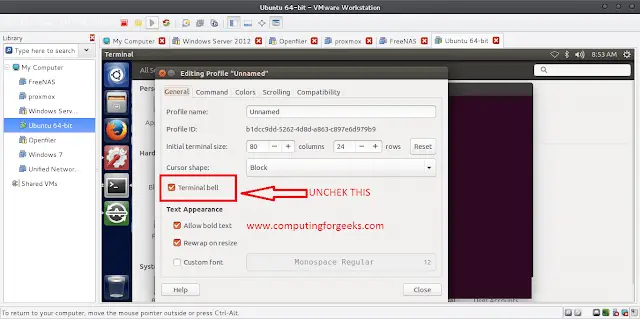until() method of the ChronoLocalDate interface used to get the difference between this Local date and another date passed as a parameter and return the difference in term of ChronoPeriod object. This operation is performed in terms of years, months and days and return the answer in same. The start point is this ChronoLocalDate and the endpoint is the specified date passed as a parameter. when the start point is the after in term of date than the endpoint then the return value is negative.ISO calendar is very important for this method because the calculation is performed using the ISO calendar system.
Syntax:
public ChronoPeriod until(ChronoLocalDate endDateExclusive)
Parameters: This method accepts one parameter endDateExclusive which is the end date, exclusive, which may be in any chronology, It should not be null.
Return value: This method returns the period between this date and the end date.
Below programs illustrate the until() method:
Program 1:
Java
// Java program to demonstrate// ChronoLocalDate.until() methodimport java.time.*;import java.time.temporal.*;import java.time.chrono.*;public class GFG { public static void main(String[] args) { // create ChronoLocalDate objects ChronoLocalDate l1 = LocalDate .parse("2018-12-06"); ChronoLocalDate l2 = LocalDate .parse("2018-10-25"); // apply until the method of LocalDate class ChronoPeriod result = l2.until(l1); // print results System.out.println("Result in Period: " + result); }} |
Result in Period: P1M11D
Program 2:
Java
// Java program to demonstrate// ChronoLocalDate.until() methodimport java.time.*;import java.time.temporal.*;import java.time.chrono.*;public class GFG { public static void main(String[] args) { // create ChronoLocalDate objects ChronoLocalDate l1 = LocalDate .parse("2018-12-06"); ChronoLocalDate l2 = LocalDate .parse("2018-12-15"); // apply until() ChronoPeriod result = l2.until(l1); // print results System.out.println("Result in Period: " + result); }} |
Result in Period: P-9D




